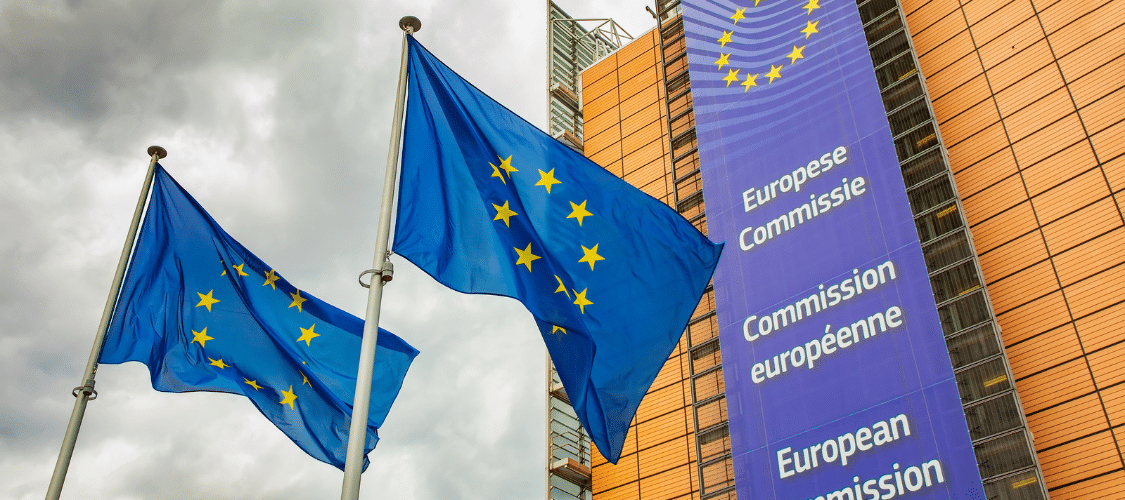Copublished with BankTrack
After a long wait, the Net Zero Banking Alliance (NZBA) has published its guidance for how banks can help decarbonize the steel sector. In a telling result , it lacks robust requirements for target design or broader steel sector policies needed in banks’ just transition plans towards a fossil-free future. For banks to play a meaningful role in steel decarbonization, the NZBA must produce clear requirements on target methodology, transparency and ambition. It must also require that its members’ transition plans include robust steel policies to end financing to steel companies that are planning to develop or extend the life of blast furnaces, and to metallurgical coal miners with expansion plans.
The NZBA’s guidance for its members’ climate targets in the steel sector lists existing net-zero pathways, standards and methodologies for the industry. (1) The paper describes three existing steel target-setting methodologies: those from the Paris Agreement Capital Transition Assessment (PACTA) (2) and the Science-Based Targets initiative (SBTi), (3) and the Sustainable STEEL Principles (SSP). (4) The SSP methodology is more wide-ranging than the two others, (5) and although still needing improvements the NZBA should require its members to use the SSP for their target setting. The key improvements are the inclusion of emissions from coal mine methane emissions and from bank capital markets activities, and the adoption of stricter reporting requirements. The targets should be set in terms of both emissions intensity and an SSP “alignment score” consistent with the IEA’s 1.5°C Net Zero Emissions scenario (NZE). (6)
The latest version of the NZBA’s overall climate target-setting guidelines for the first time required its members to complement their lending targets with targets to reduce the “facilitated emissions” from their capital markets activities like underwriting. (7) This is vital for the steel sector, where the majority of bank financing to steel companies comes from capital markets facilitation. However, the steel guidance paper, published two months later, omits this requirement. This discrepancy must be rectified to make it clear that steel targets should cover both lending and capital markets activities.
Don’t forget the met
The majority of emissions in steelmaking come from the use of metallurgical (met) coal in blast furnaces. The mining of this coal also leads to significant emissions — methane releases from metallurgical coal mines could increase the steel industry’s overall 20-year climate effect by 27%. (8) However, the three methodologies in the NZBA paper do not cover coal mining emissions (scope 3 upstream emissions), and these are explicitly excluded from coverage in the paper. (9)
Transitioning to fossil free steel production methods necessitates a shift away from the use of metallurgical coal, to technologies like electric arc furnaces and green hydrogen-based steelmaking. As this shift occurs, met coal mining will eventually decline, but as long as met coal is still being used it will be important that measures are taken to mitigate methane emissions from mines.
A just transition must be planned
The steel industry is dangerously off-track for aligning with 1.5°C. Banks setting decarbonization targets is on its own unlikely to create sufficient pressure on steel companies to change their business models at the rate required. Banks must also adopt policies to restrict financing for fossil steel companies that are increasing their use of metallurgical coal.
The NZBA’s overall guidelines require banks to publish transition plans that explain how they expect to meet their sectoral targets. While this is not specified in the guidelines, such transition plans should require their clients in high-emission sectors to produce their own 1.5°C-aligned transition plans. Banks must furthermore explain what criteria they will use to evaluate the adequacy of their clients’ plans and what actions they will take if the plans are inadequate.
For the steel sector, transition plans must include concrete commitments not to build, expand, or refurbish blast furnaces. Banks should refuse to provide any more support to companies without such plans. The plans should include detailed timetables for phasing out coal assets, and ensure a just and sustainable transition for workers, local communities, and the environment.
NZBA must require ambitious and consistent targets
Out of the 90 NZBA members assessed in BankTrack’s NZBA Iron and Steel target tracker, (10) 38 have set emission reduction targets for the iron and steel sector. Out of these, only five — Barclays, HSBC, JPMorgan Chase, Wells Fargo and DBS, include capital markets activities in their scope, and only five cover scope 3 emissions – NAB, Banco Mercantil del Norte, KB Financial Group, UniCredit and Citi, but none of these appear to include coal mine methane emissions within their scope 3 boundaries.
NZBA members use a broad range of parameters in their steel targets, making it almost impossible to accurately compare the ambition of the targets between banks and against the scenarios they are supposed to track. A similar pattern plays out across all of the NZBA members’ sectoral targets, and is a result of the alliance failing to specify the parameters that its members must follow. Clear guidance from the NZBA is needed to resolve this problem.
Overview of NZBA’s members steel decarbonization targets
| Criteria | Content | Banks |
|---|---|---|
| Scenario used | IEA NZE 2050 | 26 |
| MPP | 6 | |
| Others (11) | 6 | |
| Emissions | Absolute | 4 |
| Intensity | 34 | |
| Baseline | 2019 | 5 |
| 2020 | 7 | |
| 2021 | 15 | |
| 2022 | 9 | |
| 2023 | 1 | |
| Emissions scope | Scope 1 & 2 | 33 |
| Scope 3 | 5 | |
| Business activities | Lending and investments only | 33 |
| Includes capital markets activities | 5 |
The first movers must do better
The development of the NZBA steel paper was led by representatives from ING and Société Générale. (12) As the first bank to adopt a policy for the steel sector, ING should set the bar higher for others and phaseout corporate finance for steel makers that plan to expand their coal-based capacity. It should also expand the scope of its steel decarbonisation targets to include capital markets activities, coal mining methane, and absolute emissions targets. Société Générale should adopt the same measures.
Banks both inside and outside the NZBA must not wait for the alliance to improve its recommendations, but should move forward now to include robust and comprehensive steel policies and targets in their transition plans.



